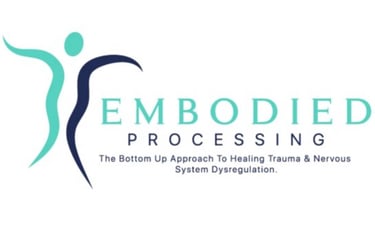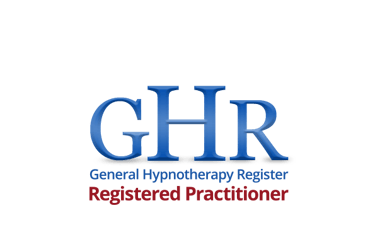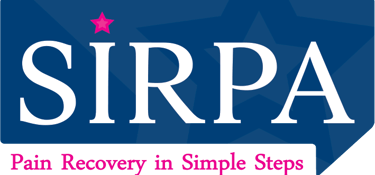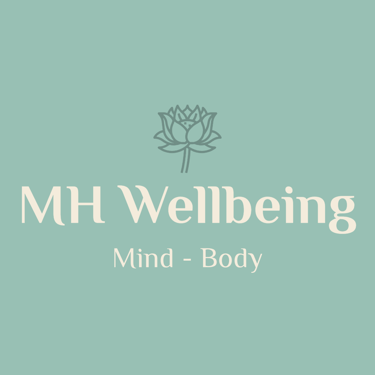Anxiety
Anxiety is very common - a poll of 6,000 UK adults in 2023 found that 73% had felt anxious in the previous two weeks, with 20% feeling anxious most or all of the time. These figures don't surprise me, as anxiety is the most common issue I have helped people with over the years.
Anxiety vs fear.
Fear is an emotion and is the brain's way of keeping us safe. It activates the fight-or-flight system in response to perceived danger. The amygdala, a brain structure involved in emotion processing, plays a key role in detecting threats and signaling the body to respond.
This fear response is adaptive in short bursts — it keeps us alert, helps us avoid harm, and motivates preparation. We have all experienced the emotion of fear at some point and this is normal. Fear is an immediate response to an external, identifiable threat, typically short-lived and subsides when the threat is removed. Anxiety is a trait, a more generalised feeling of worry or unease about future events or potential threats, even when those threats are not immediately present.
How ACEs Affect the Fear System
Adverse Childhood Experiences (ACEs) — such as abuse, neglect, domestic violence, or having a caregiver with mental illness — sensitise the developing brain. Chronic stress from ACEs results in:
An overactive amygdala (hyper-vigilant threat detection)
Underactive prefrontal cortex, which normally helps regulate emotions and override false alarms
A dysregulated HPA axis (hypothalamic-pituitary-adrenal axis), leading to long-term stress hormone imbalances
Over time, this causes the brain to perceive the world as unsafe, even when real threats are no longer present.
Neural Pathways & Anxiety Habits
The brain forms neural pathways — repeated patterns of thought, emotion, and behavior — that become automatic over time. With repeated exposure to fear or stress:
The brain strengthens pathways that anticipate danger
Anxiety becomes a learned response, even in safe situations
The fear of anxiety itself (meta-anxiety) further reinforces these pathways
Each time we respond to anxiety with fear, we’re unintentionally teaching the brain that anxiety is dangerous — creating a feedback loop.
This means that the more we fear anxiety, the stronger those anxious neural pathways become.
You are not weak
Many of us feel ashamed of anxiety, feel weak, fragile or a failure. Others have been misinformed, seeing anxiety as dangerous and to be avoided at all costs, but this only hightens our fear of fear. Anxiety is experienced by all people, even those seen as very succesful in business - you just cannot see it because people generally do their best to hide it. In fact I see those that have suffered anxiety as some of the bravest people, as they have been forced to battle on despite the fear.
Anxiety is not genetic
Anxiety is not inherited - we know understand through epigenetics research that there are few things that are the result of genes. Mostly, gene expression is turned on/off due to our environment and lifestyle. If anxiety is prevalent in your family it is more likely a product of failing to learn how to regulate emotions (due to your parents not knowing how), learned behaviour/ beliefs, and generational trauma. Anxiety is a learned response. What has been learned can be unlearned, as our brains are continually learning.


Anxiety vs alarm
It is crucial to separate out anxiety from alarm:
Anxiety is the anxious thoughts we have.
Alarm is the sensations in our body.
Once we separate the two, we can then learn to understand what is going on and interupt the cycle to create change.
I find this distinction crucial, as we can learn to stop getting pulled into the images and thoughts that revolve in our brains and by turning towards the alarm sensations in our body with our total focus, we keep out of our thoughts which escalate our bodily sensations if we get sucked in. By putting our focus on our sensation, we can learn to 'surf the waves' of our sensations and if we can fully allow the sensations to be there, we can fully process the sensation/emotion and it will dissappear and in doing so, it loses the control over us. If we allow it and stop putting our energy into fighting it, we learn that we are stronger than the sensation and it can actually dissappear in just a few minutes if we fully embrace it.
A combined effective approach for freedom from Anxiety
I have learnt that a combined approach for anxiety works very successfully.
Hypnotherapy for anxiety
Hypnotherapy for anxiety can be very effective in helping you to feel safe again, reconnect with the world and enjoy the freedom to do the things you avoided. Hypnosis can allow us you to relax and reframe your thoughts about anxiety-provoking situations. Self-hypnosis is an amazing tool to be able to use at home to help calm your thoughts, relax the body and allow you to feel more confident and in control. Many of my clients feel more calm and relaxed after even just one session. Hypnosis can also help you to sleep, which can often be an issue for those with anxiety.
Mindfulness for anxiety
Mindfulness Meditation is also a very valuable tool that can be taught to those suffering with anxiety to help you to accept and be with the sensations of anxiety as they pass through you. WIth time you can develop a better relationship with sensations, knowing that when you can befriend sensations instead of bracing with fear, sensation can pass through quicker or not arise at all.
Did you know that if we fully allow an emotion, it takes 90 seconds to complete. That is all! It may seem like a lot longer if you have anxious sensations, but if you can stay out of thinking and fully allow it's expression, it will reach a peak, disipate and completely release, leaving you feeling good.
A Somatic Approach to anxiety
Anxiety can be traced back to incomplete or unprocessed experiences that were overwhelming at the time they occurred. Rather than being fully processed and integrated, these experiences can become "stuck" in the body, influencing how we feel, behave, and relate to others.
Embodied Processing works by gently guiding you into the felt experience of the body in a safe, present-moment way. Through cultivating awareness of bodily sensations, emotions, and subtle shifts in your internal state, the body is supported to complete these interrupted processes naturally. The approach doesn’t require re-telling your story in detail—instead, it allows the deeper layers of emotion and sensation to unfold organically, without force or analysis. Over time, this leads to a more regulated nervous system, a greater sense of inner safety, and increased capacity to meet life with presence, resilience, and authenticity. Anxiety then naturally drifts away as the nervous system learns to feel safe again.
If you'd like to see if I can help you overcome your anxiety, why not take a look at my blog post on anxiety here, then contact me to see how I can help further.
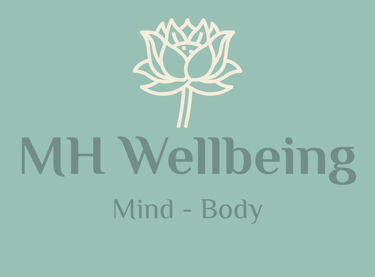
MH Wellbeing, Maria Hancock MSc GQHP
Trauma-Informed Somatic Therapist, Hypnotherapist, Mindfulness Teacher, SIRPA Pain Recovery Practitioner
Specialist in stress, anxiety, chronic pain and other mind-body symptoms.
Local areas: Horley, Reigate, Redhill in Surrey and Crawley, Horsham, Copthorne in West Sussex. English Speaking Online Therapy.
